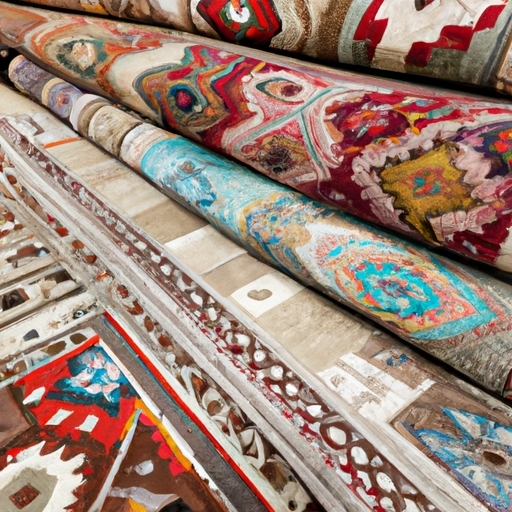
Range of Southwest-inspired designs: showcasing a wide variety of rug designs, including traditional Native American patterns, geometric motifs, and desert-inspired color palettes.
modern rustic interior design elements
Incorporating natural materials and textures in modern rustic interior design is a concept that has gained popularity in recent years. This design style combines the sleekness of contemporary aesthetics with the warmth and charm of rustic elements. By incorporating natural materials such as wood, stone, and leather, designers are able to create a space that feels both cozy and sophisticated.
One key aspect of modern rustic interior design is the use of reclaimed wood. This involves using old wood from barns, factories, or other structures to create furniture or accent pieces. The weathered look of reclaimed wood adds character and history to a space, making it feel more authentic and lived-in.
Another important element in this design style is the incorporation of textures. Natural textures like rough-hewn stone walls or exposed brick can add visual interest and depth to a room. Additionally, textiles such as burlap or linen can introduce softness and contrast against harder surfaces.
When selecting furniture for a modern rustic space, it's important to choose pieces that have clean lines but still incorporate natural elements. For example, a sleek sofa upholstered in leather paired with a coffee table made from reclaimed wood creates an interesting juxtaposition. Similarly, adding vintage-inspired lighting fixtures or metal accents can further enhance the overall aesthetic.
While incorporating natural materials and textures is essential for achieving a modern rustic look, it's also important to strike a balance between these elements and more contemporary ones. Mixing in modern accessories like abstract art or metallic finishes can prevent the space from feeling too traditional or outdated.
In conclusion, incorporating natural materials and textures into modern rustic interior design allows for the creation of spaces that are warm, inviting, and visually appealing. By carefully combining different elements such as reclaimed wood, stone walls, and leather upholstery with more contemporary touches like clean lines or metallic accents, designers are able to achieve a unique aesthetic that seamlessly blends comfort with sophistication.